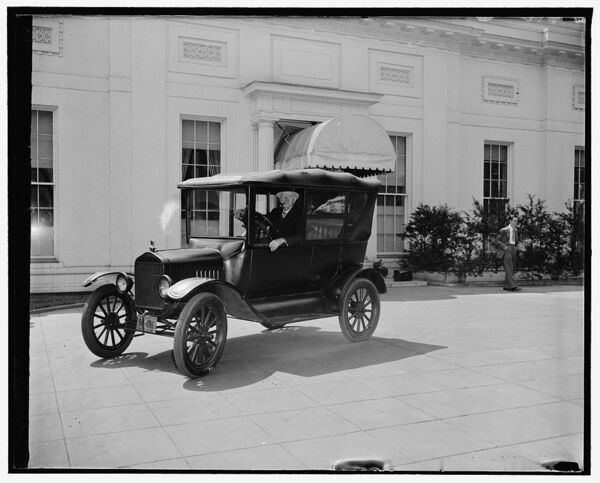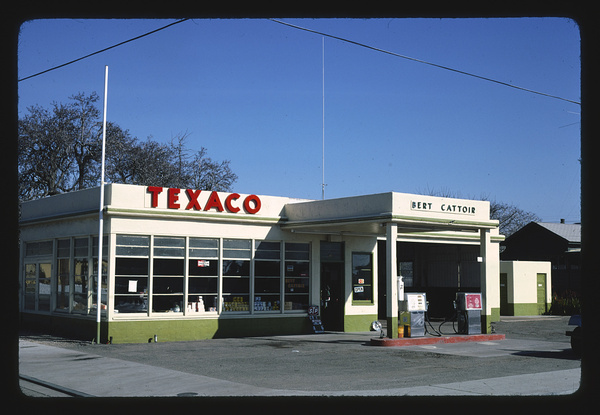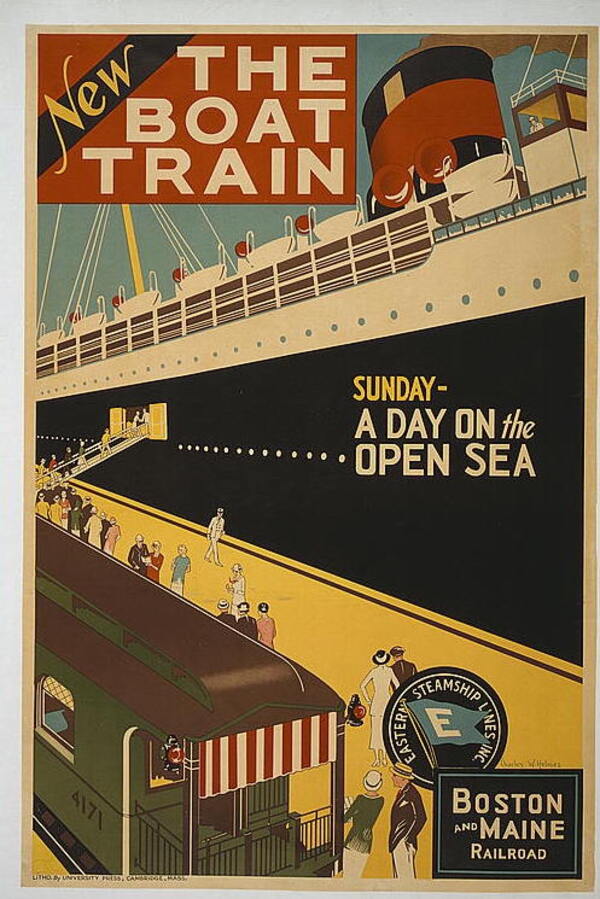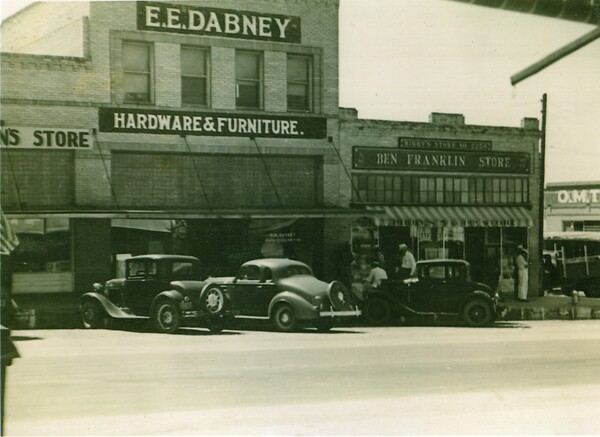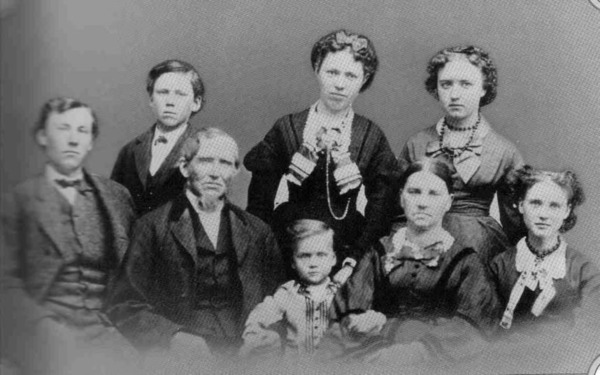Out of all of the people we've featured here on Old Photo Archive, Charlie Chaplin may be the one who had the most interesting life. Most artists and performers tend to have somewhat unique lives, but Mr. Chaplin's was filled with more ups and downs and intrigue than most. We wanted to put together this short collection of photos to tell his story...
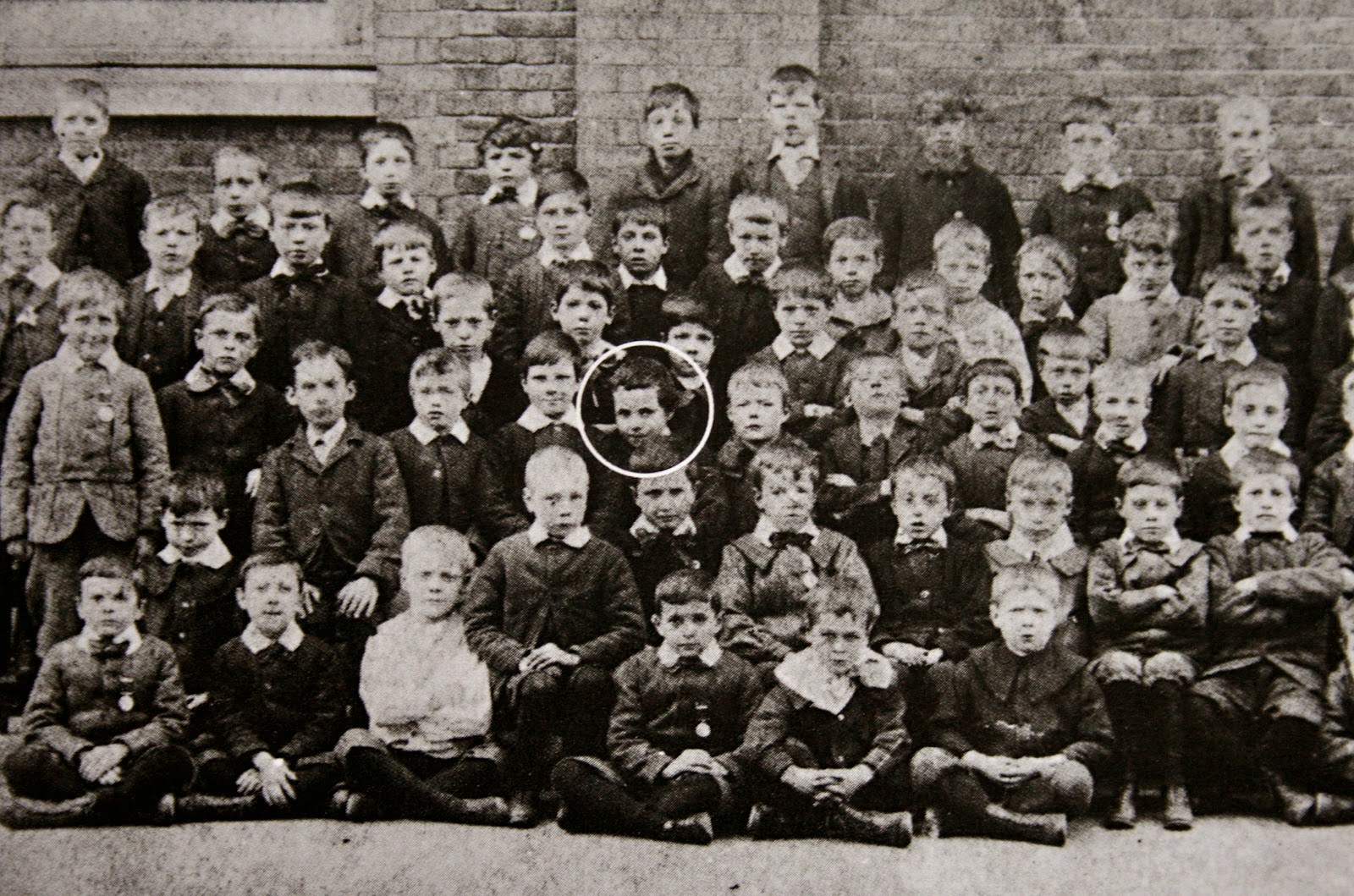
Charles "Charlie" was born in London in 1889. He was born poor and would face extreme hardship as a youngster. His father was almost completely absent and his mother struggled with mental illness. They had no means of income, and in 1897, Charlie was sent to the workhouse and the city housed him at the Central London District School for Paupers, where the photo above was taken.
Charlie's father would die a few years later, and in 1903, his mother suffered a mental break and had to be committed to the asylum. So there he was: 14 years old, alone, and broke. What came next has been considered "the greatest rags to riches story ever told."
Charlie Heads to the Stage
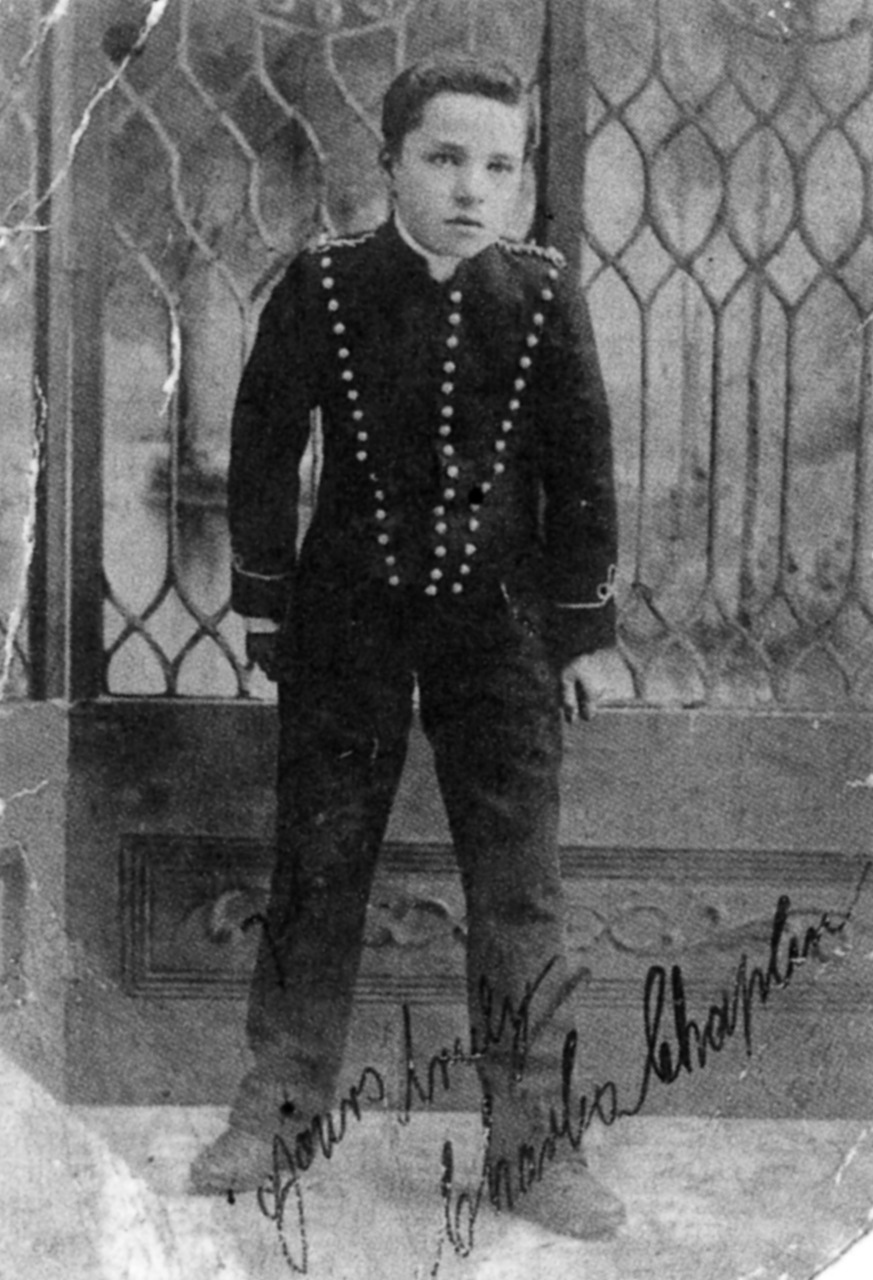
Between his time at the workhouse and his troubled home, Charlie began experimenting with acting. His mother and father had both at one time been performers, and he became determined to make a living on stage. Through a combination of luck and persistence, Charlie landed an initial role as Billy the pageboy in a production of Sherlock Holmes.
"It was like tidings from heaven," Chaplin recalled in his autobiography. The production was met with so much success that it toured widely and gave the young boy a steady paycheck for nearly three years.
Moving from Plays to Comedy
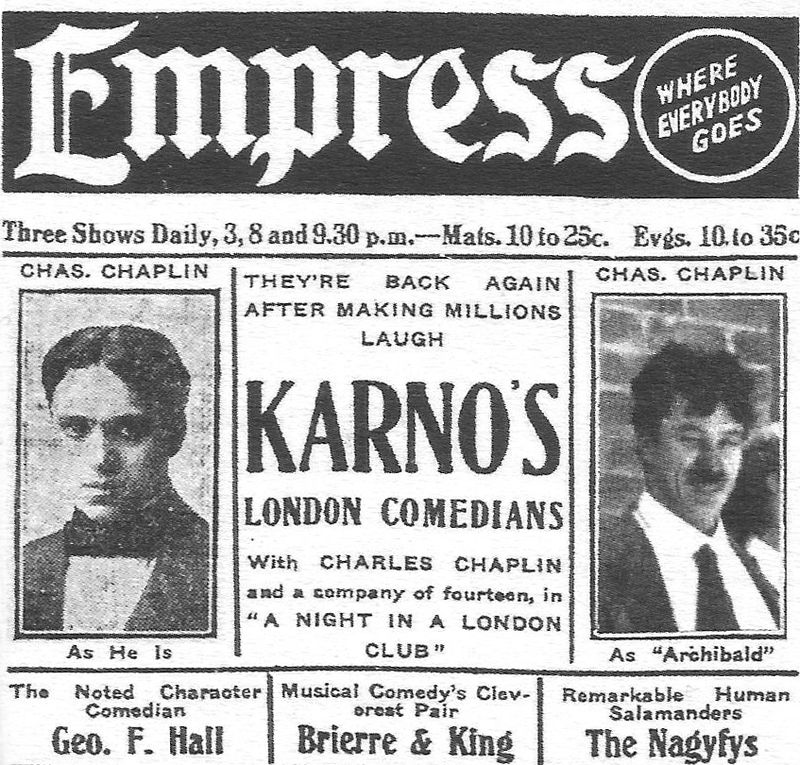
Following his successful run with Sherlock Holmes, Charlie worked with a variety of troupes and even attempted a solo comedy act (which was a failure). His estranged brother Sydney had returned from the Navy and was also working in the business. Together, they landed work with Fred Karno's famous comedy company.
From 1906-1912, Charlie would work and tour with Karno's company in a variety of roles. He excelled in vaudeville, and during a tour in America, was described as "one of the best pantomime artists ever seen." Much of his work during this time would illustrate his later film characters.
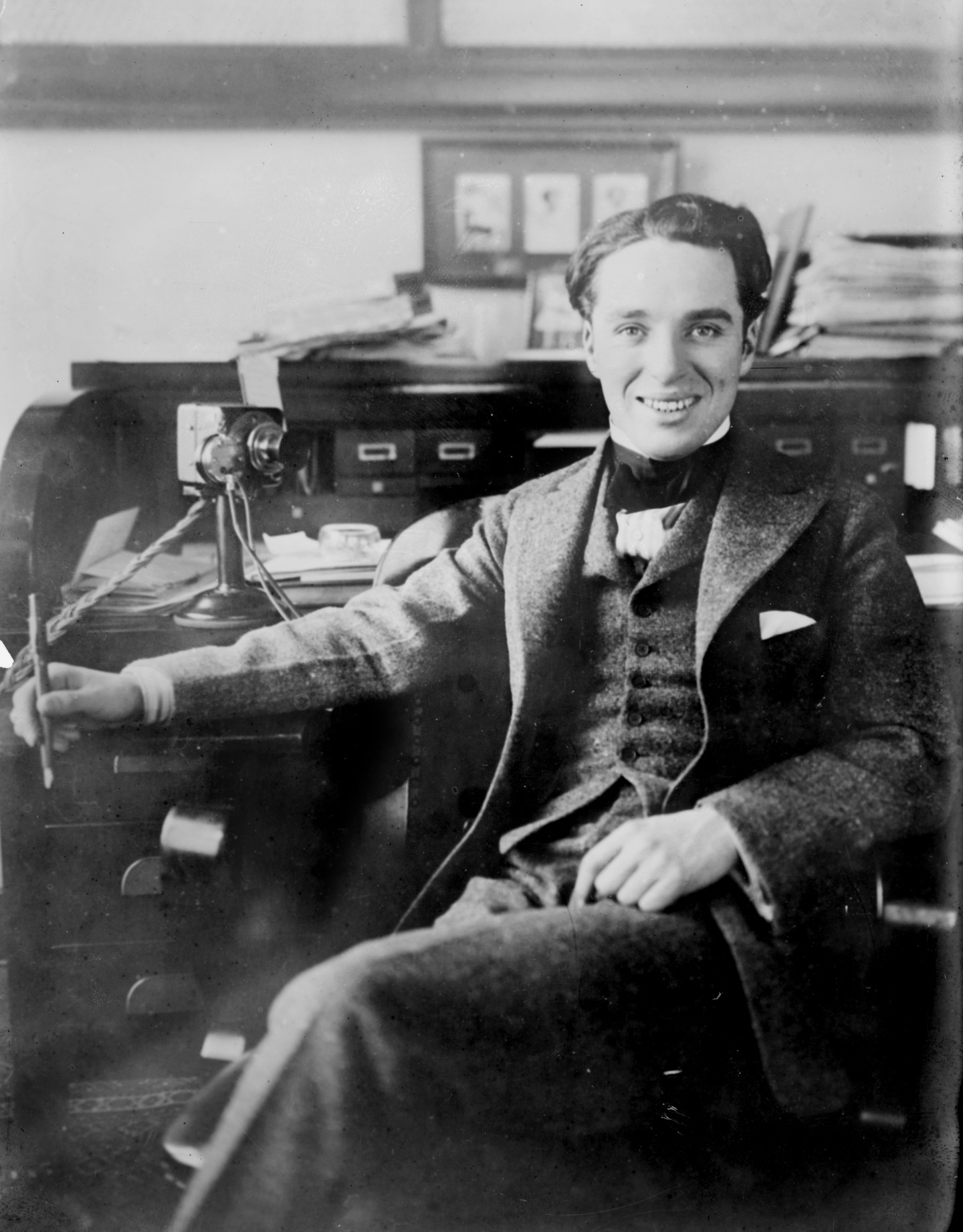
We love this photo of a young Mr. Chaplin around 1910. It is hard to believe that ten years earlier, he was an impoverished and struggling child of the London workhouses.
But Charlie's biggest break was yet to come...
Charlie Enters Films
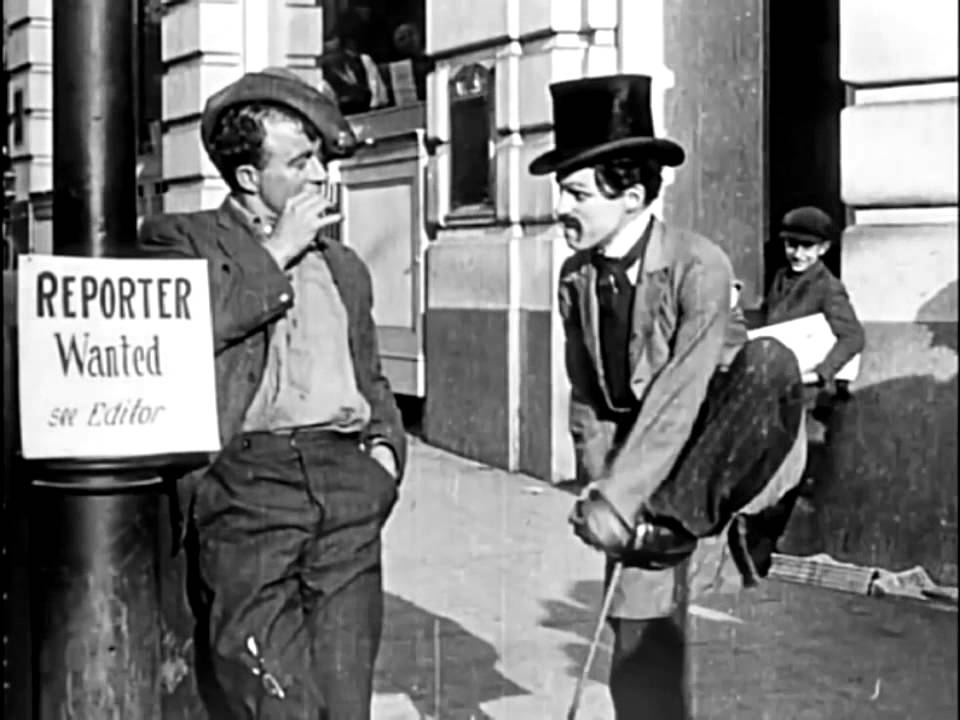
Charlie caught the attention of film studios during his American tour, and was invited by Keystone Studios to work on upcoming films. In September 1913, he signed a $150-per-week contract to be their newest actor!
Chaplin's first film was called Making a Living (pictured above), and debuted in 1914. His iconic "The Tramp" character would debut a few months later in his next film.
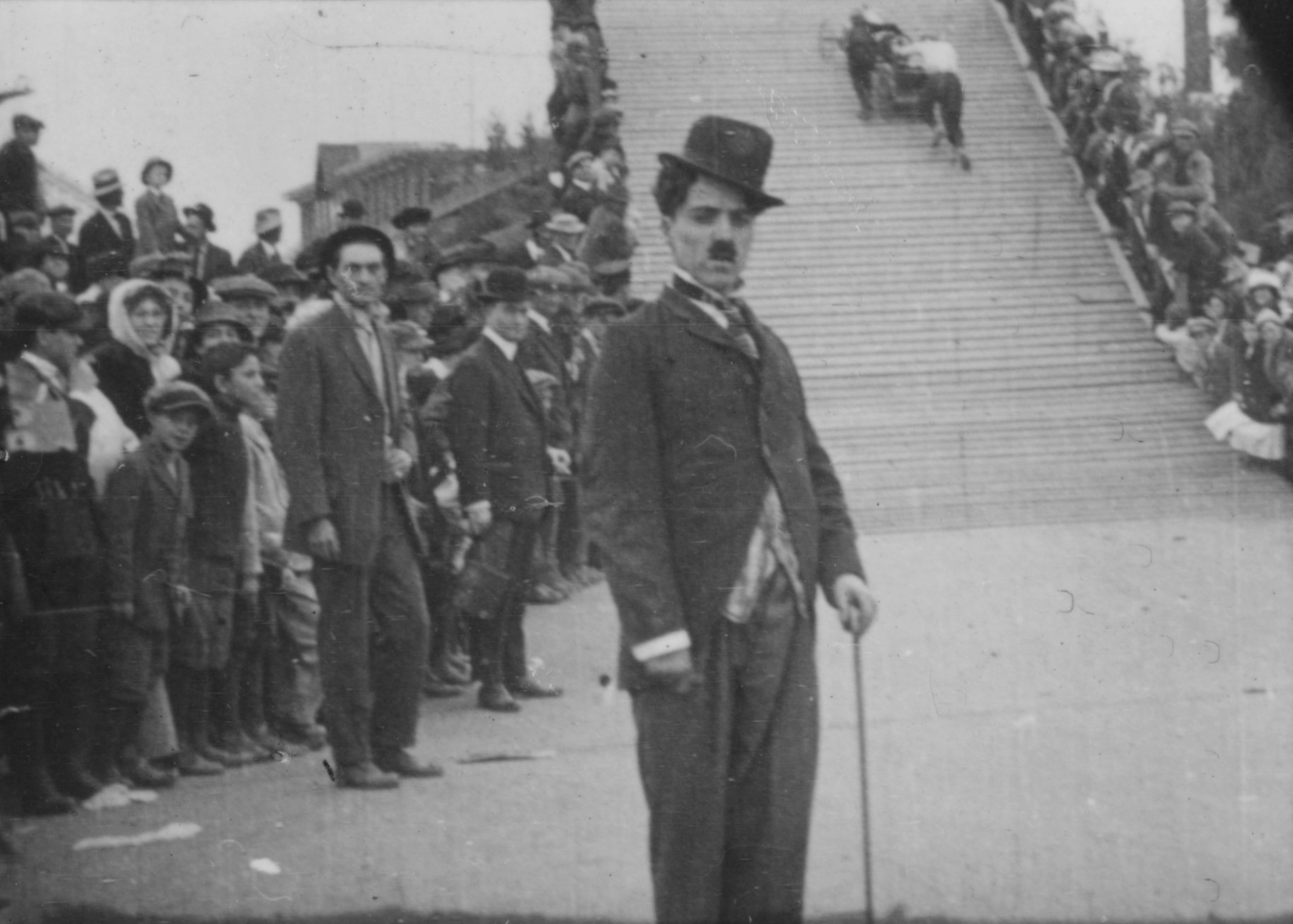
The Tramp debuts in Kid Auto Races at Venice (1914). Here's how Mr. Chaplin said he developed the character:
"I wanted everything to be a contradiction: the pants baggy, the coat tight, the hat small and the shoes large ... I added a small moustache, which, I reasoned, would add age without hiding my expression. I had no idea of the character. But the moment I was dressed, the clothes and the makeup made me feel the person he was. I began to know him, and by the time I walked on stage he was fully born."
This film would officially launch the meteoric start of Charlie's film career. Following the production of a handful of short films for Keystone, Charlie knew he could raise his rates. They refused his request, so he signed with a new studio in 1914 for $1,250 per week. That's right: Charlie had gotten himself a 650% raise in one year!
Worldwide Success and Entering Public Life
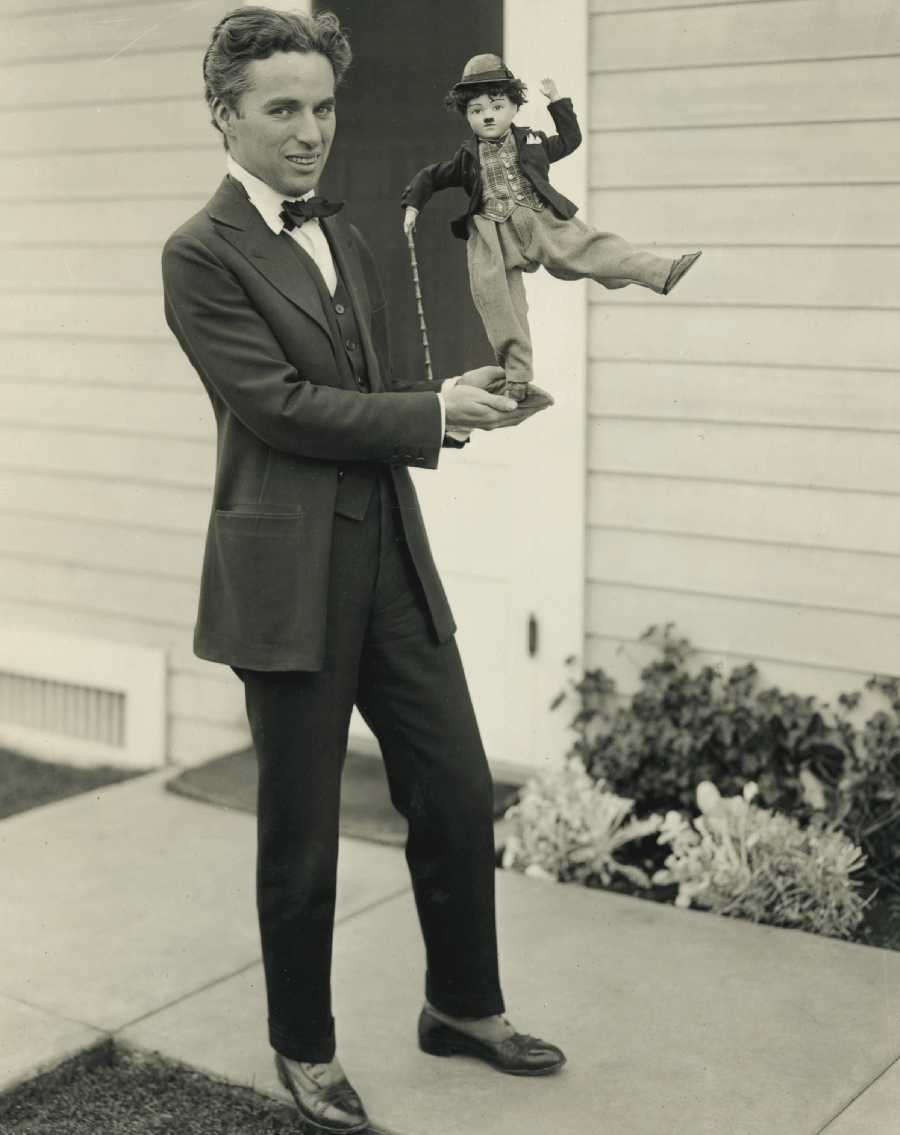
By 1916, Charlie had become a global phenomenon, and his reach extended over to all forms of merchandise and public appearances. This photo shows Mr. Chaplin showing off one of his popular products in 1918.
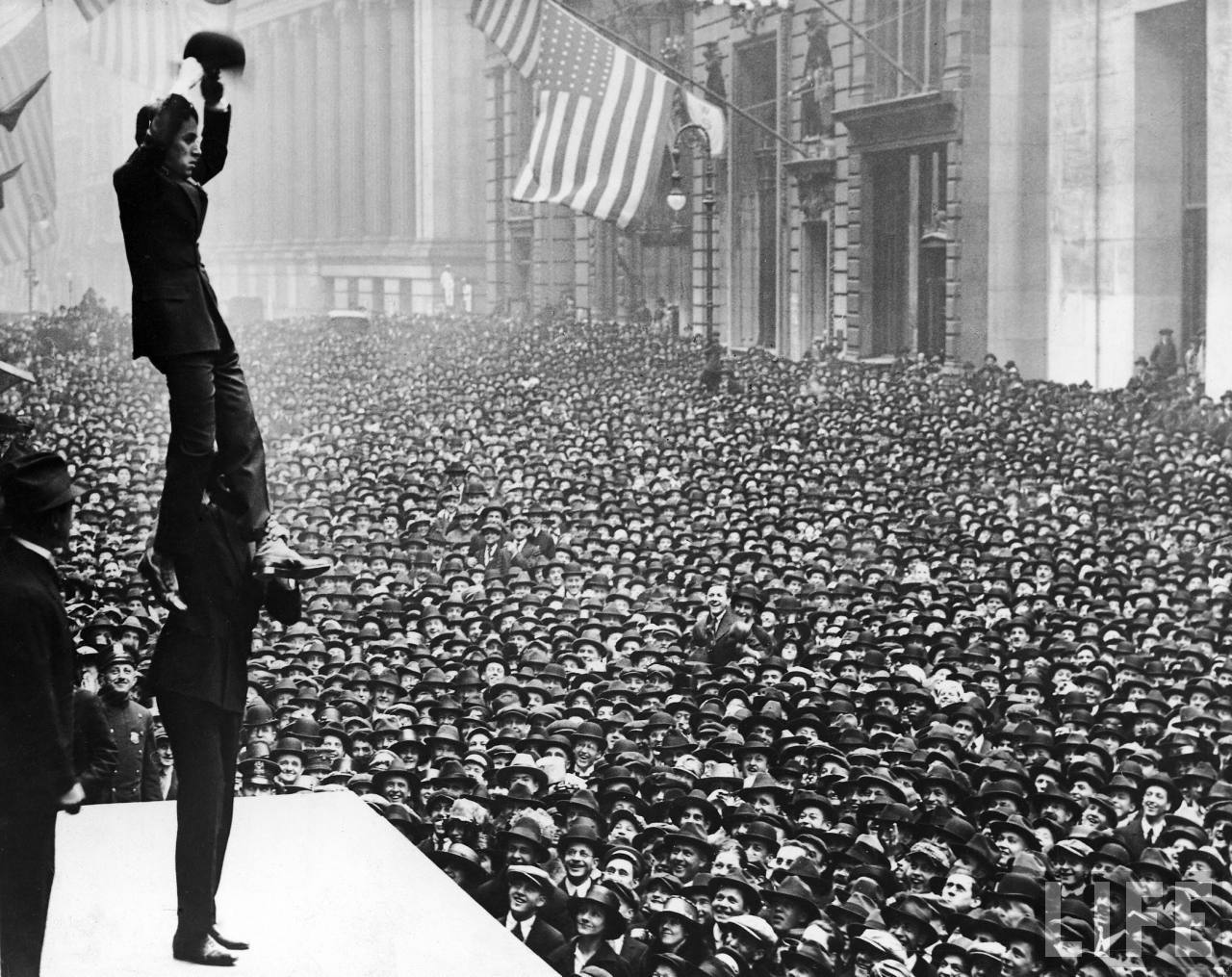
Mr. Chaplin quickly got pulled in to public life, as movie stars were found to have significant influence on the public's purchase of war bonds. He was enlisted to embark on a Liberty Bond campaign to support the allies in WWI, and these events created some of our favorite images from his life.
In the two photos above and below, we see Mr. Chaplin and fellow actor Douglas Fairbanks standing before tens of thousands of people outside of Wall Street in New York City in 1918. The performers delighted the crowds for nearly an hour, before leading the entire audience in a chorus of "Over There."
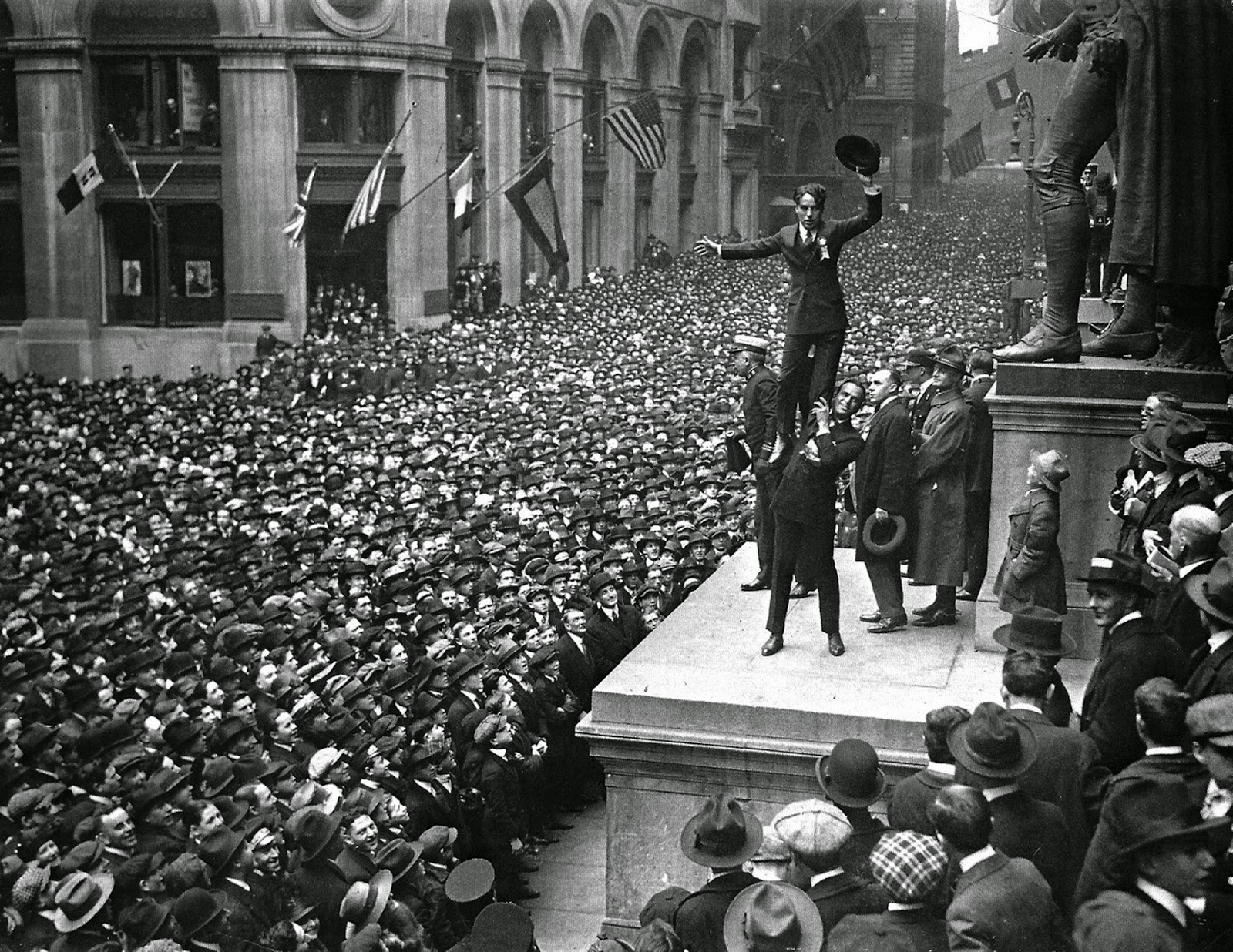
Here is another view of the delighted crowd. Given that all of the films of the day were still silent films, audiences weren't accustomed to hearing their favorite actors speak. Mr. Chaplin would later recall a conversation he had before the event, "I never made a speech before in my life, but I believe I can make one now."
Adding Meaning to His Work with The Kid
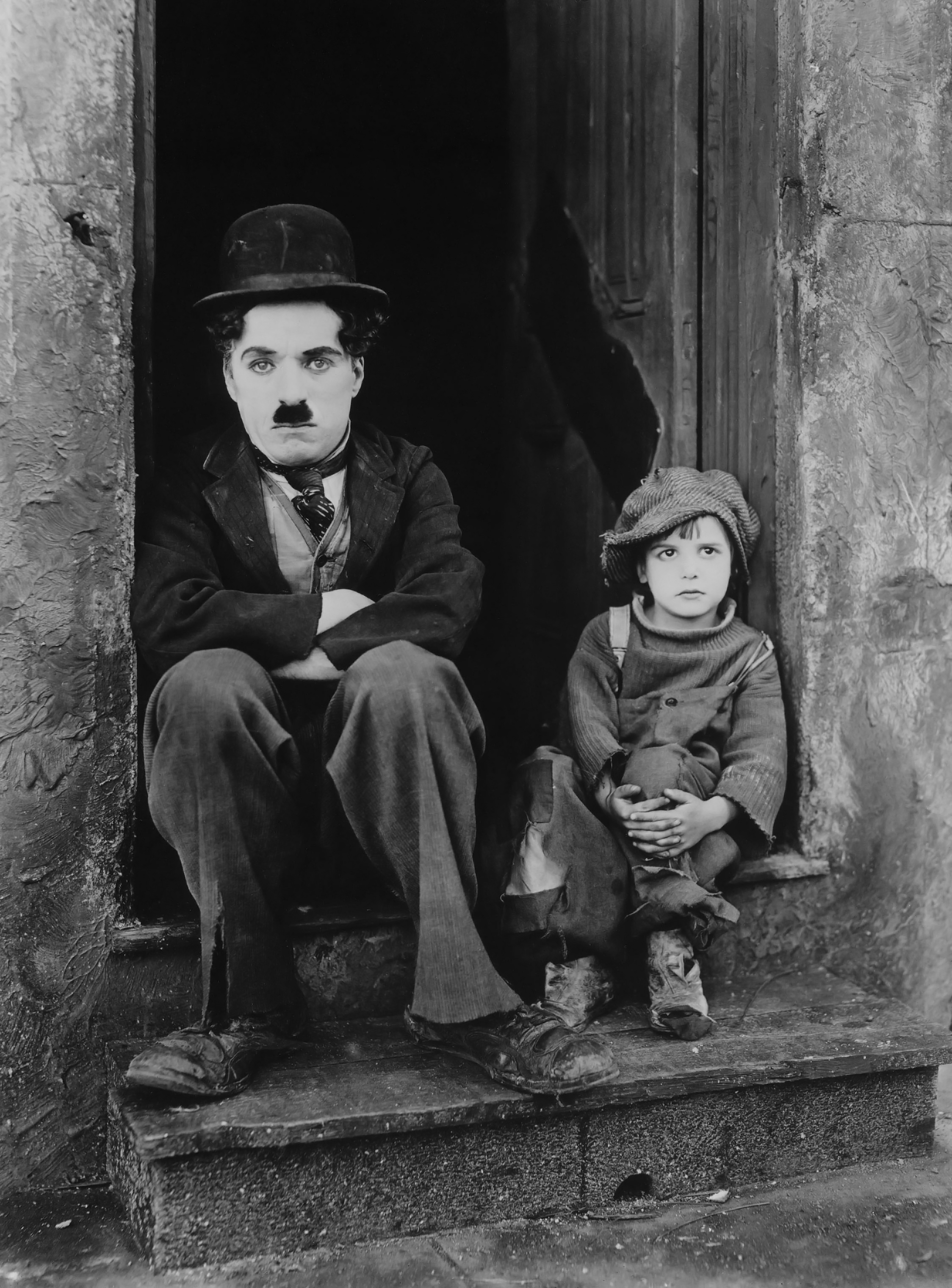
Following a failed first marriage in 1918 and the loss of a first child in 1919, Chaplin felt a greater weight of the world, and he wished to do more than comedy.
He embarked on a project called The Kid in 1919, and it was not only one of the longest pictures made at the time (68 minutes), but it was one of the first films to combine comedy and drama. It was released in 1921 with instant success and was credited as the first film to go worldwide, having been screened in over 50 countries by 1924.
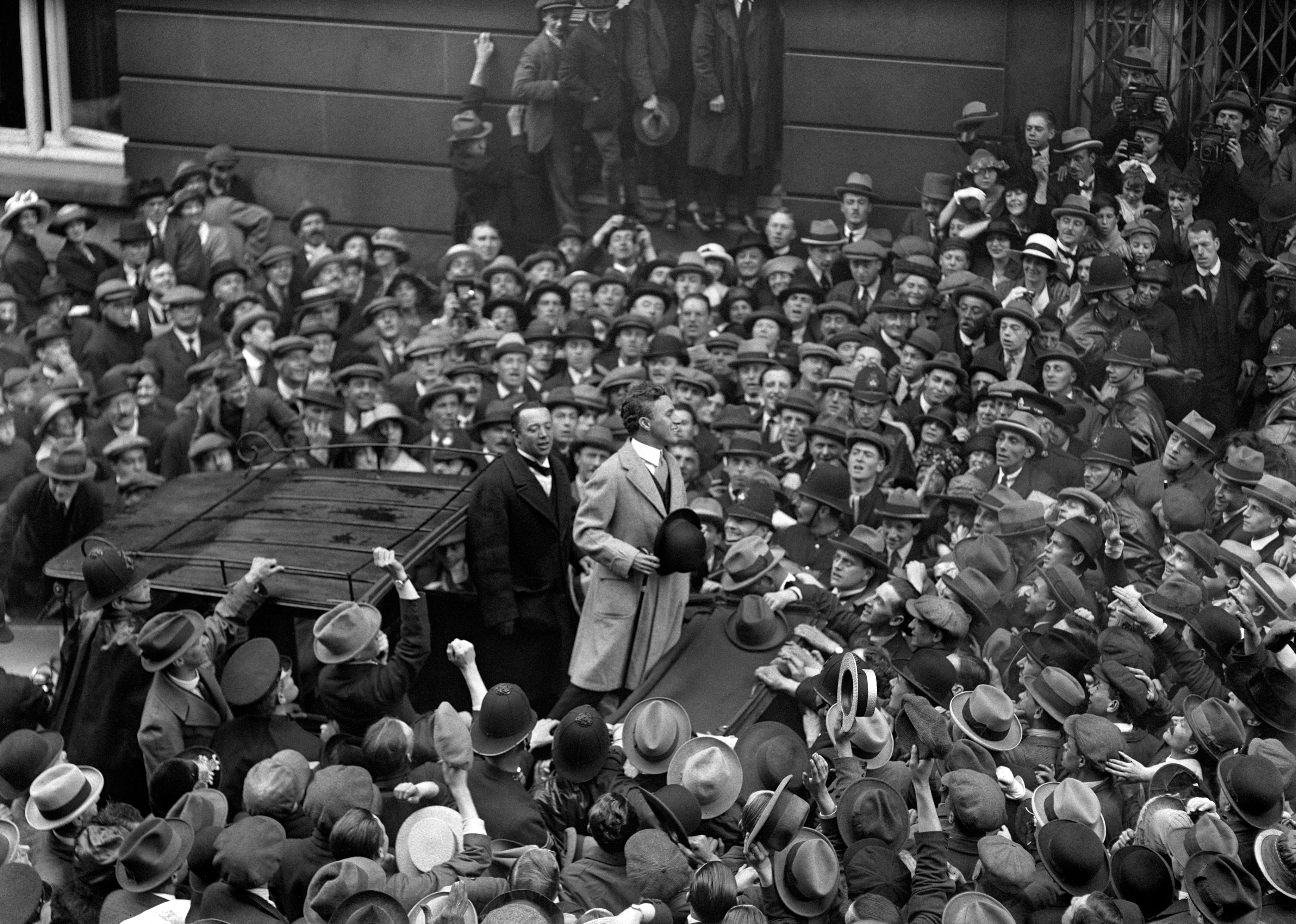
Following the success of The Kid, Chaplin's acclaim grew and he attracted crowds anywhere he went. In this stunningly clear photo, we see Chaplin entertaining crowds outside of The Ritz in 1921.
Becoming a Director and Returning to Comedy
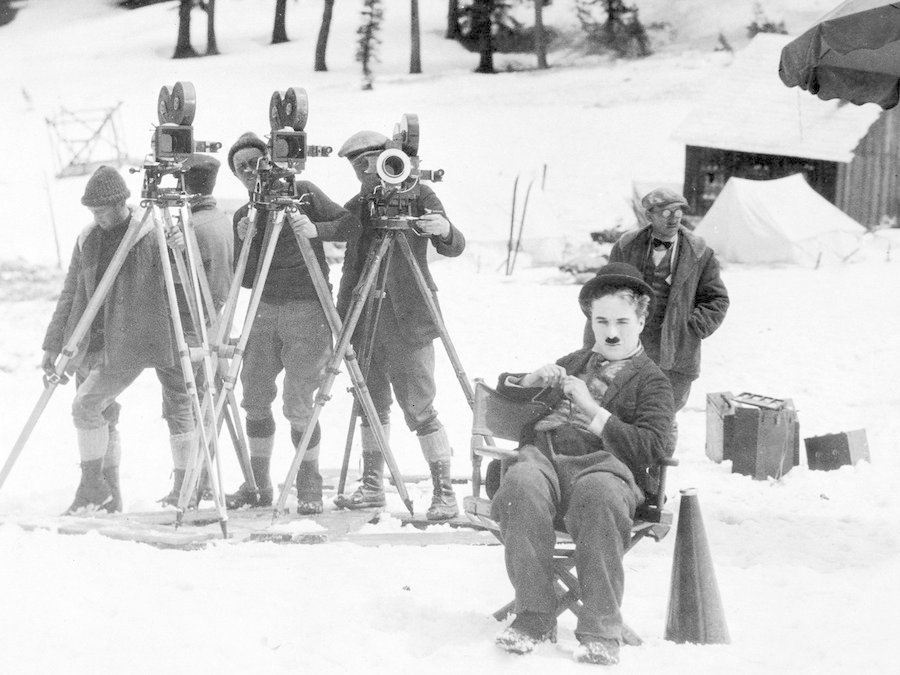
Chaplin has his first failure in 1922 with a picture called A Woman in Paris. He served as the director of the film, and he quickly found out that the public had little interest in a Chaplin film without the man himself.
Feeling a potential break in his career, Chaplin returned to comedy with the filming of The Gold Rush, which featured some of the most iconic images from his career. Chaplin was ambitious about the project -- "This next film must be an epic! The Greatest! -- and in 1924 he began filming with a huge budget of $1mm and nearly 1000 actors and extras.

The film opened in August 1925 and became one of the highest-grossing films of the silent era, quickly earning a $5mm profit. People credit this film as being the quintessential Chaplin film.
Holding Out Against the Talkies with City Lights
"I was determined to continue making silent films...I was a pantomimist and in that medium I was unique and, without false modesty, a master."
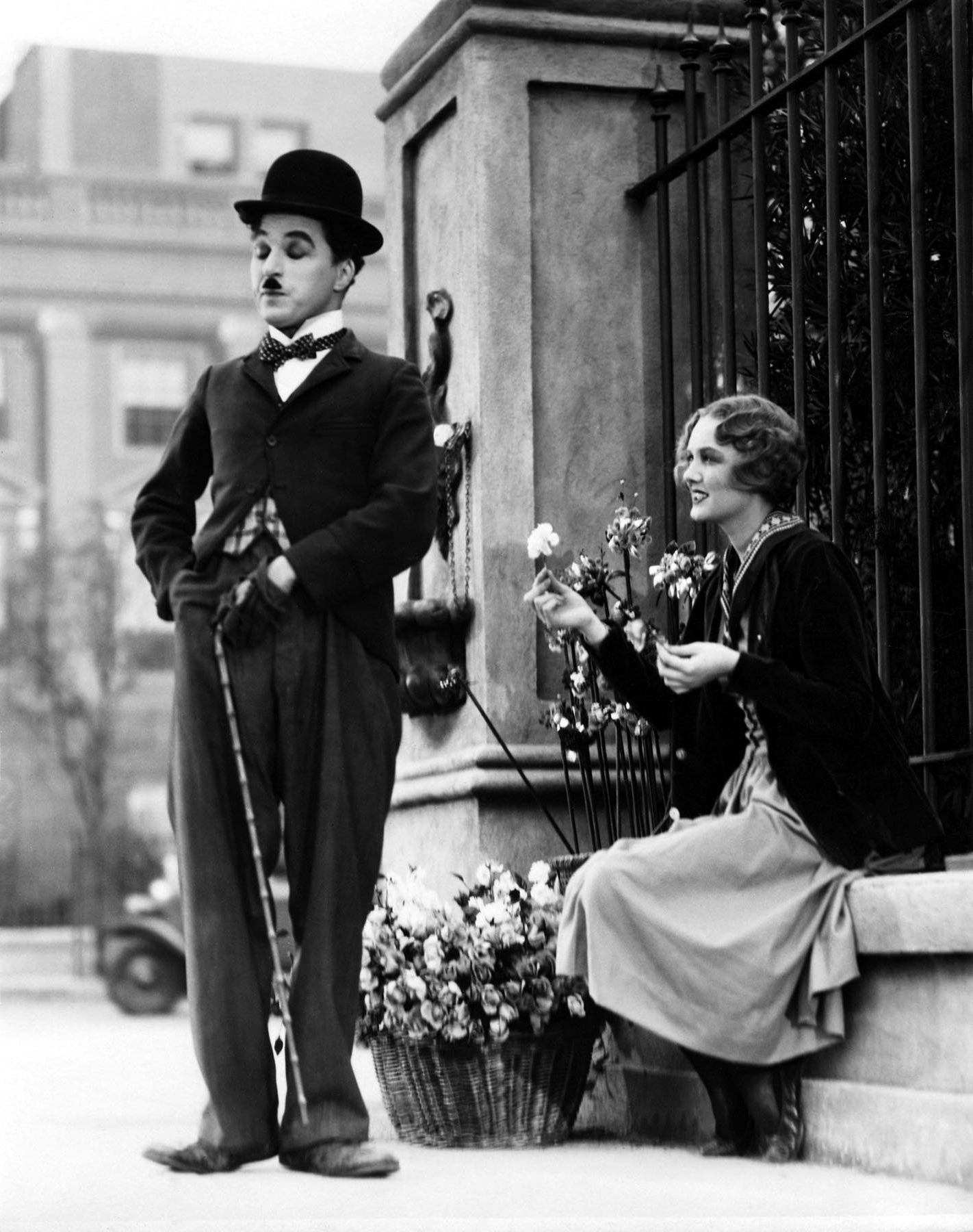
In the late 1920s, Hollywood quickly shifted to "the talkies", which created a dilemma for Chaplin. He decided to continue making silent films at the time, and did so with what would be his most successful film ever.
In 1928, he began filming City Lights, which told the story of The Tramp's love for a blind flower girl in London. Chaplin became obsessed with the film, even composing the musical score himself. It took him two years to finish, and in December 1930, he showed it to the press and one journalist wrote: "Nobody in the world but Charlie Chaplin could have done it. He is the only person that has that peculiar something called 'audience appeal' in sufficient quality to defy the popular penchant for movies that talk."
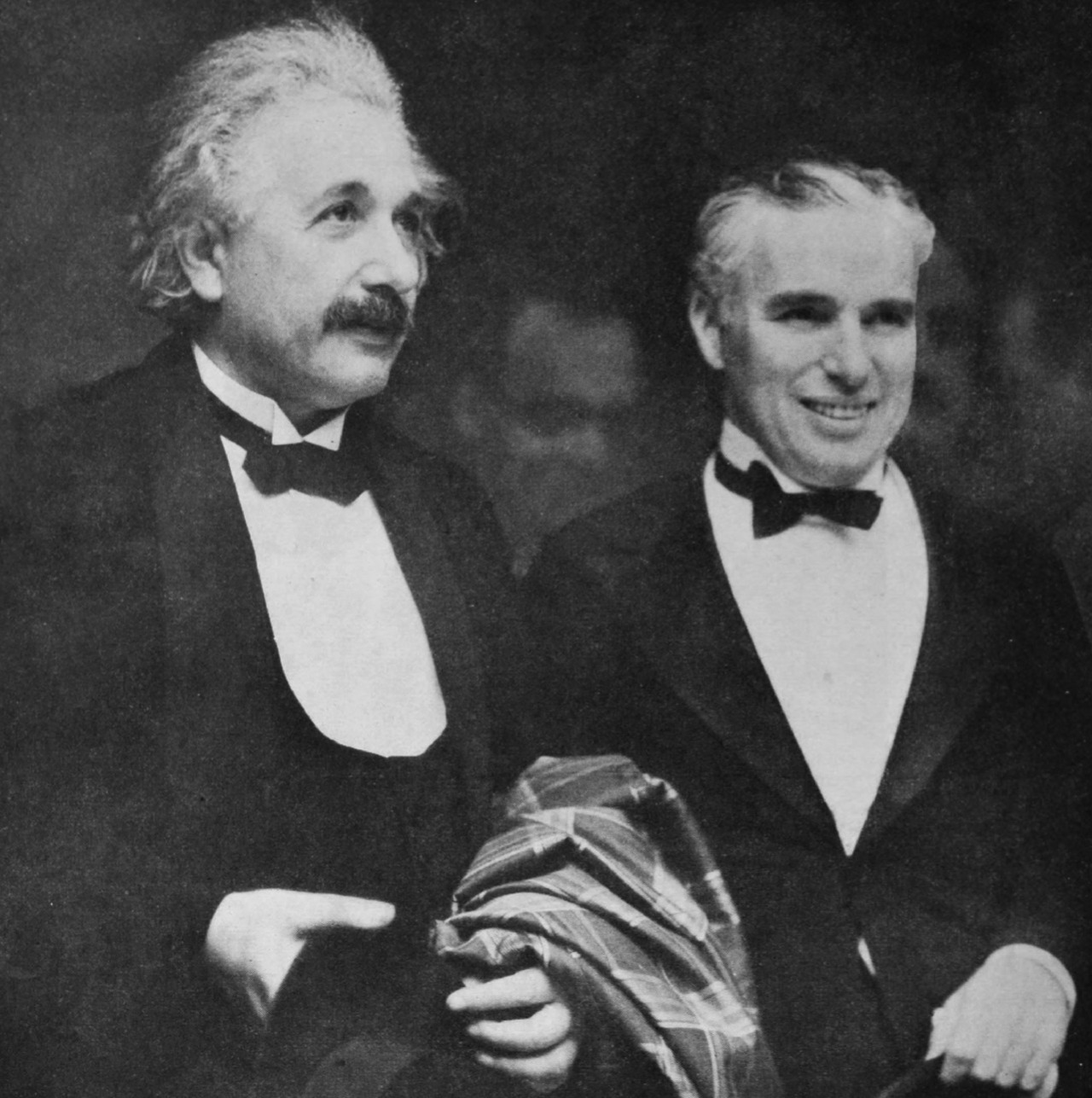
Chaplin debuted the film in January 1931 in London and the premier featured famous people from all over the world. Even Einstein was there!
A Period of Reflection, A Talkie, and Controversy
After a period of travel and reflection in the late 1930's, Chaplin encountered a number of issues that would threaten his popularity and chart a new course for his life.
He was deeply disturbed by Hitler's rise to power, and began filming The Great Dictator in 1939 after spending two years developing the script. This would be his first formal "talkie" and given his financial independence, was able to produce the film on his own backing.

Given that Britain had declared war on Hitler during the filming, Chaplin's film became highly anticipated. When it debuted in October 1940, it was an instant success, but with one notable criticism: Chaplin took the last five minutes of the film to break character and plead against war and fascism. People did not like this; however, the film was still popular enough to receive numerous Academy Award nominations.
Things took a turn for the worse in the mid 1940s when Chaplin was hit with a highly-publicized paternity suit and also became the subject of scrutiny by J. Edgar Hoover of the FBI. This set off a few years of bad press for Chaplin, and he certainly did little to quell that when he married young actress Oona O'Neill, then aged 18.
A New Love: Oona O'Neill
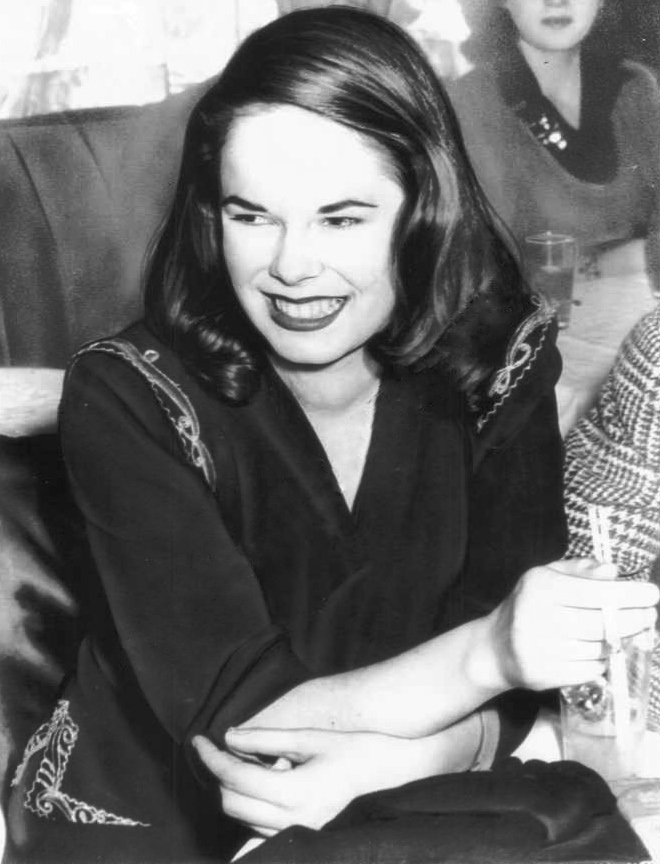
Chaplin's marriage to O'Neill was to be his third and last marriage. Despite the public outrage, he described the day he met her as "the happiest event of my life" and said he had found a "perfect love." The couple would stay together until Chaplin's death and would have eight children together.
Two More Films, Then Getting Kicked Out of America
Chaplin claimed that much of the controversy of the 1940's had crippled his creativity, but he was determined to still make films and share his opinions with the world.
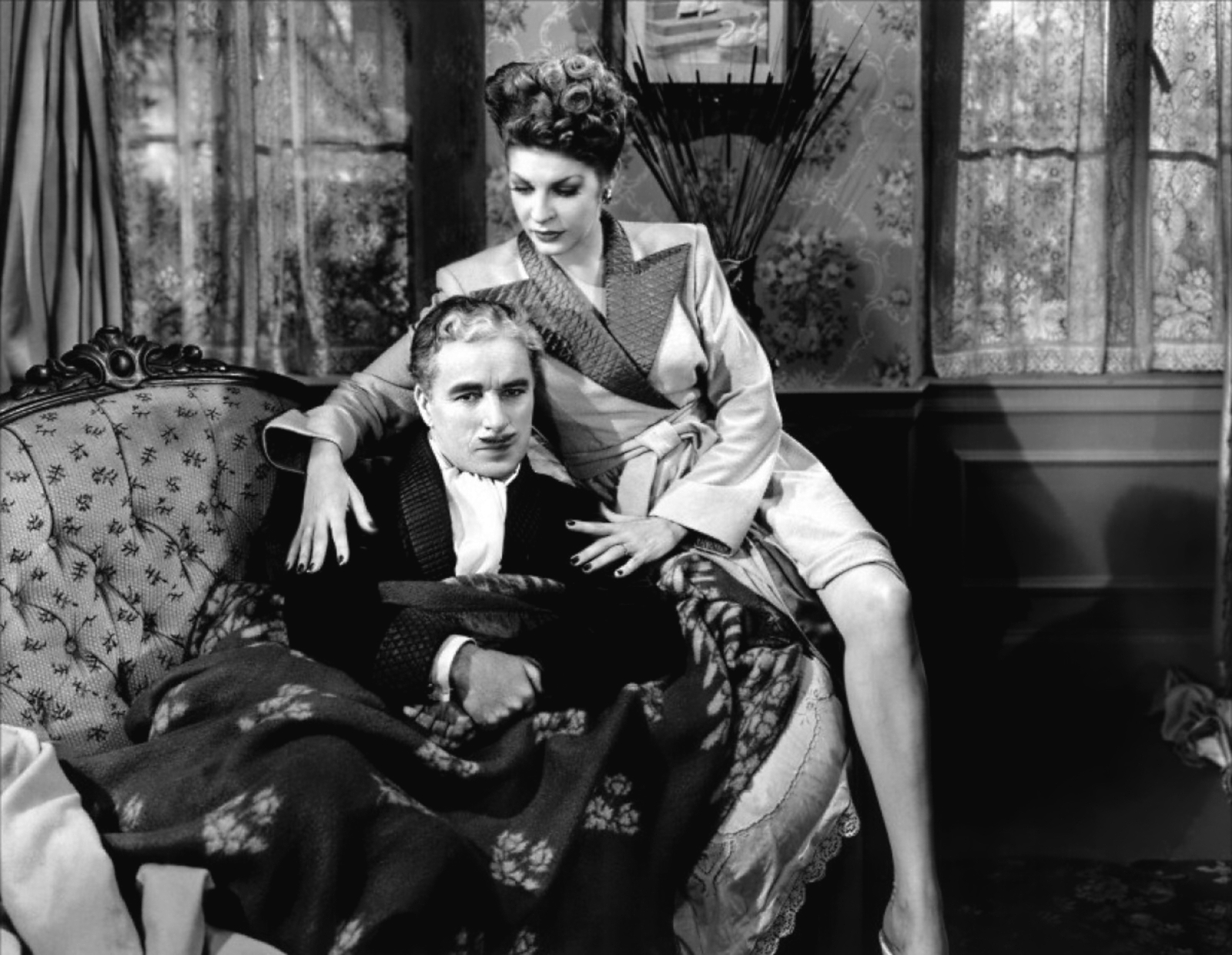
In 1947, he released Monsieur Verdoux, which again preached against mass killing in wars and weapons of mass destruction. Though the film experienced success abroad, in the U.S. it failed miserably. Chaplin was even publicly booed at the premiere.
Things got dramatically worse for Chaplin later that year when his political leanings prompted an official FBI investigation. Their goal was to rid Chaplin of the country, and to do so, they labeled him a communist. One Congressman said this of him in a hearing in 1947: "Chaplin's very life in Hollywood is detrimental to the moral fabric of America. [If he is deported] ... his loathsome pictures can be kept from the eyes of the American your. He should be deported and gotten rid of at once."

Chaplin managed to avoid deportation in the following years, and returned to filmmaking with the 1952 semi-autobiographical film, Limelight. On September 18, 1952, he and his family boarded the RMS Queen Elizabeth to premier the film in London. However, when he reached the UK, he received a telegram that he was not permitted to re-enter the United States.
Happier Times and a Thriving Family
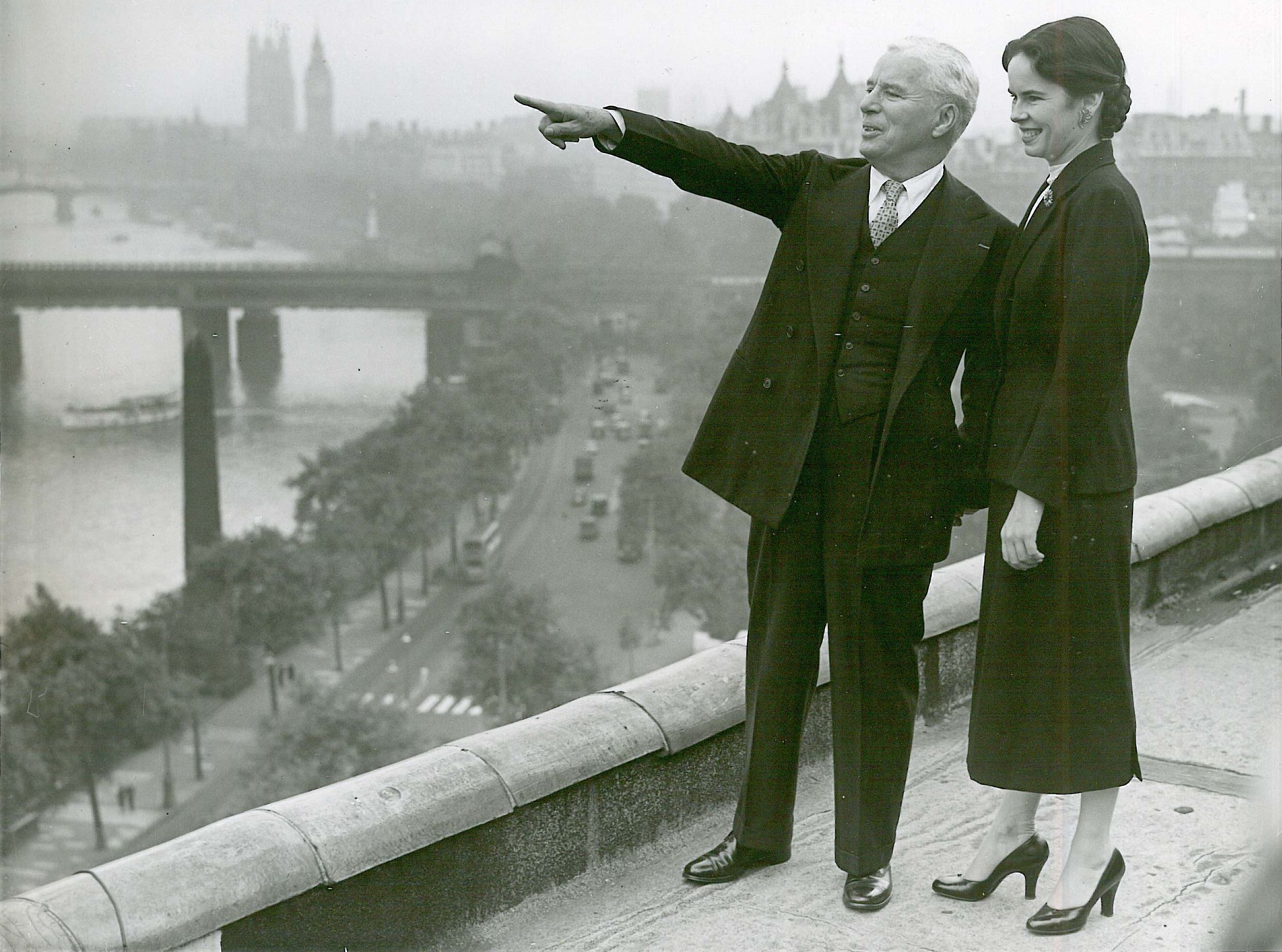
Here we see the happy couple in 1952 in London. Their family would grow in the coming years as they would travel and set up a permanent home in Switzerland.
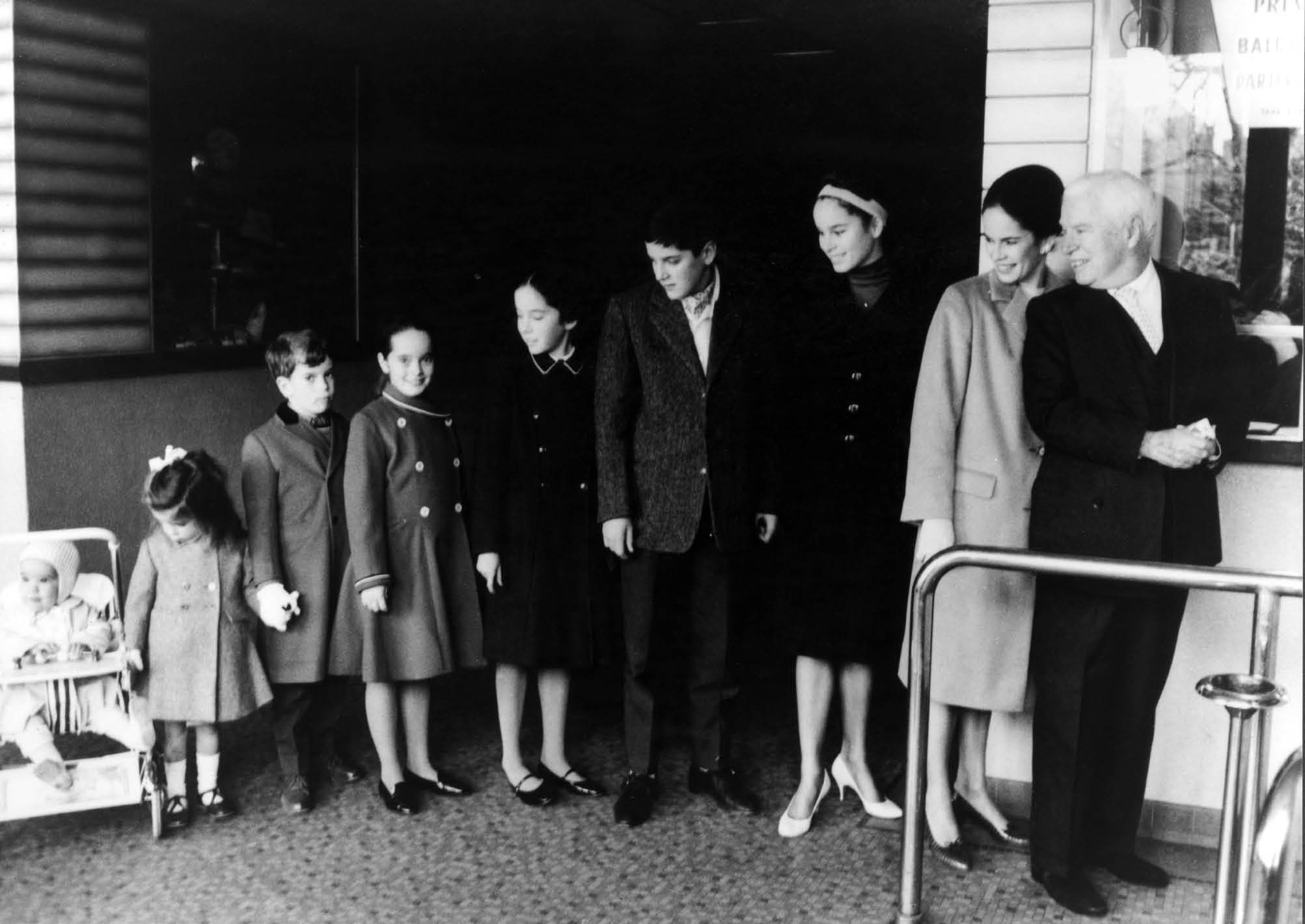
Here we see the happy family and a smiling Mr. Chaplin in 1960. Given everything he had been through leading up to this, we are delighted to see everyone so happy.
Back in America, Chaplin remained a controversial figure, but as people revisited his films amid a new political climate, a campaign began to honor the man and his work. An editorial in the New York Times in 1962 read: "We do not believe the Republic would be in danger if yesterday's unforgotten little tramp were allowed to amble down the gangplank of a steamer or plane in an American port."
In the coming years, his health would begin to fail, and he turned to re-working his old films and spending more time with his family. However, he would soon receive an unexpected invitation!
Long-Deserved Recognition Back in America
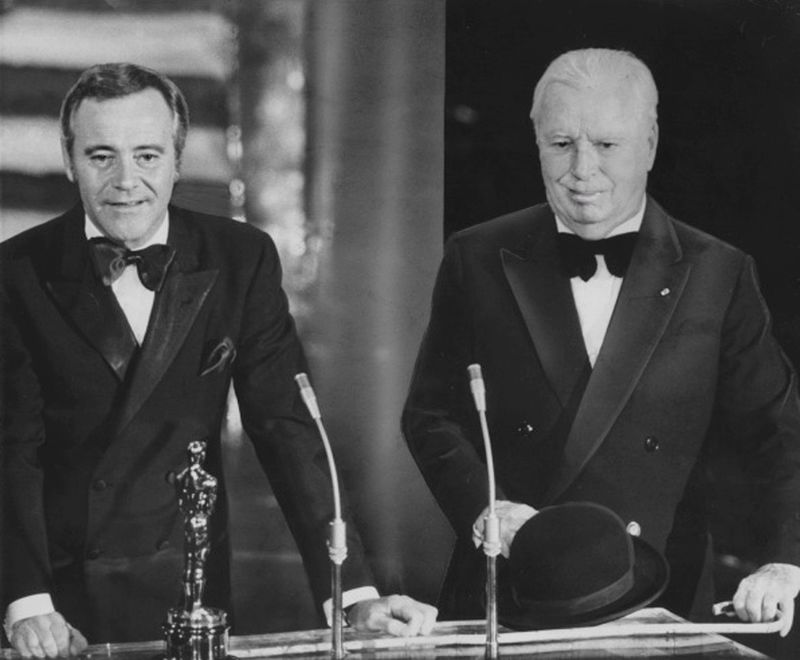
In 1972, four years before Chaplin's death, the Academy of Motion Picture Arts and Sciences offered him an Honorary Oscar for "the incalculable effect he has had in making motion pictures the art form of this century."
Chaplin was initially hesitant about accepting the award, but he decided to accept and thus traveled to America for the first time in 20 years. He was delighted and broke in to tears as he received a 12-minute standing ovation for his life and his work. He would return a happy man to Switzerland where he would live out his final years with frequent visits from his children, grandchildren, and old friends.
If you liked this story, hit the "Share" button below to pass it on...
Next Article
